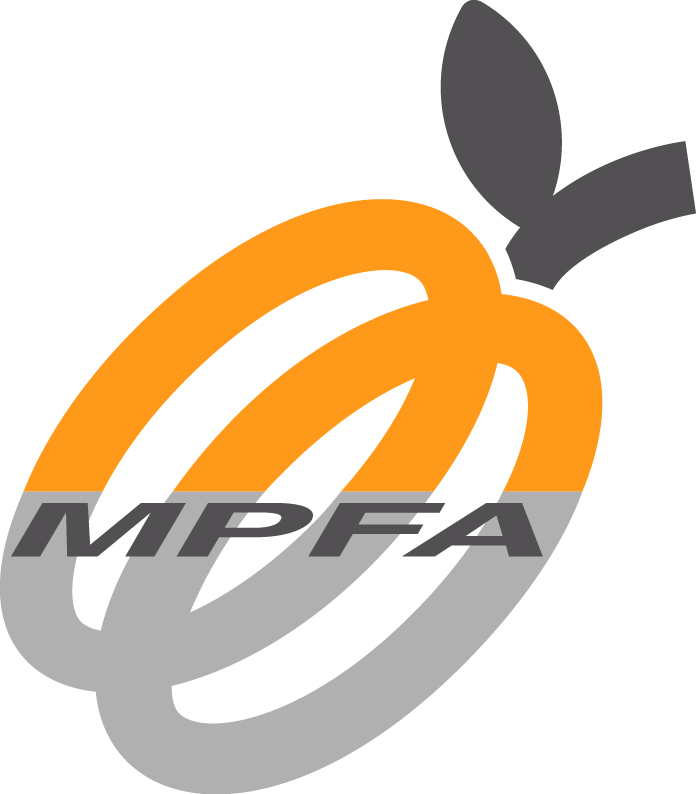
Abolition of the MPF offsetting mechanism
It is critical that businesses pay attention to the abolition of Mandatory Provident Fund (“MPF”) offsetting mechanism and its implications, and have clear understanding of the involved liabilities.
The Legislative Council (“LegCo”) passed the Employment and Retirement Schemes Legislation (Offsetting Arrangement) (Amendment) Bill 2022 to abolish the use of accrued benefits of employer’s mandatory contribution under the MPF System to offset severance payment (“SP”) and long service payment (“LSP”), effective on the transition date of 1 May 2025.
Thus after 1 May 2025, employers can no longer use the accrued benefits from their mandatory MPF contributions to pay an employee’s SP/LSP. Accrued benefits derived from employer’s voluntary MPF contributions and gratuities based on the length of service can continue to be used to offset SP/LSP.
A “grandfathering” arrangement is applied to reduce the risk of large-scale dismissals before the transition date. The key points of the “grandfathering” arrangement (only applicable to employees who are already in employment before the transition date) according to the Labour Department are:
For employees who are already in employment before the transition date, their SP/LSP will be divided into pre-transition portion (i.e. for the employment period before the transition date) and post-transition portion (i.e. for the employment period starting from the transition date).
The pre-transition portion will be calculated on the basis of the monthly wages immediately preceding the transition date and the years of service before the transition date, whereas the post-transition portion will be calculated on the basis of the last monthly wages before termination of employment and the years of service starting from the transition date.
The maximum amount of SP/LSP (i.e. the sum of pre-transition and post-transition portions of SP/LSP) is still capped at $390,000. If an employee’s total SP/LSP exceeds $390,000, the amount in excess of the cap will be deducted from the post-transition portion.
Employers can continue to use the accrued benefits derived from their MPF contributions (irrespective of whether the contributions are made before, on or after the transition date, and irrespective of whether the contributions are mandatory or voluntary) to offset the pre-transition portion (but not the post-transition portion) of SP/LSP.
Most companies do not currently hold, or only minimally hold net liabilities for LSP liability under Hong Kong Accounting Standard 19 (“HKAS 19”), based on the assumption that the mandatory MPF contribution amount would fully offset the LSP liability upon payment.
But going forward, the LSP liability may be important, and companies are expected to have to start holding a provision. The new MPF offsetting rules came into effect when the bill was enacted by the LegCo on 9 June 2022. Therefore, this provision should be included in financial statements from this date and will be viewed as a plan amendment under HKAS 19.
The government will mandate employers to set up Designated Savings Accounts, where employers have to make mandatory contributions for meeting their potential SP or LSP liabilities after the abolition of the offsetting arrangement.
It is crucial that businesses act now and plan ahead to prevent nasty surprises. Businesses are urged to discuss with key stakeholders in decision making and engage with auditors throughout the process to ensure compliance.
Graphics source: MPFA
